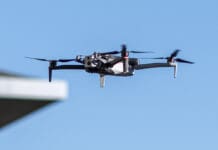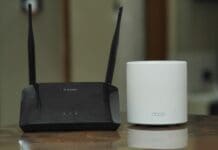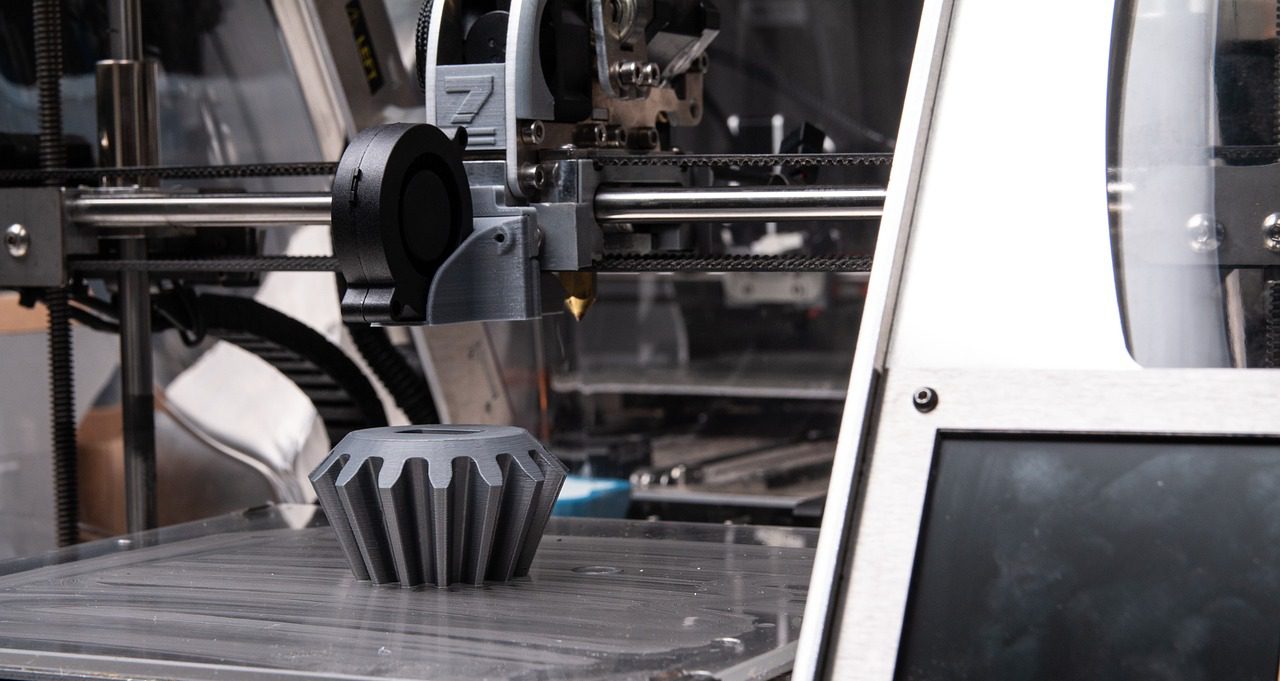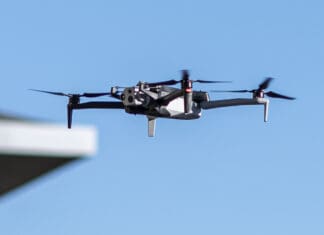This post is also available in:
 עברית (Hebrew)
עברית (Hebrew)
During the year, you may have seen before news articles about some of these ground-breaking technologies at iHLS website. The 10 best security innovations of 2018, as selected by popsci.com, include ground-breaking technologies that down malicious drones without risking collateral damage, help military vehicles transverse tough terrain, offer new ways for police to capture fleeing assailants, etc:
- Onyx exoskeleton by Lockheed Martin – When strapped to a trooper’s hips, the Onyx powered exoskeleton can double their fortitude. Onboard processors crunch inputs from accelerometers throughout the frame to analyze a person’s stride and direction of movement; the controller then activates motors for an assist.
- High Energy Laser Weapon System by Raytheon – The HELWS MRZR laser-shooting dune buggy operates against enemy drones. Once a human operator confirms a target, a fiber-optic electric laser emits a controlled beam that instantly fries the intruder.
- Reconfigurable wheel track by DARPA & Carnegie Mellon – This shape-shifting humvee wheel converts from a conventional circle (for hard, flat surfaces) into a triangular tank tread (for sand, gravel, and other uneven terrain), and vice versa.
- Miniature Hit-to-Kill Interceptor by Lockheed Martin – Protecting bases and civilians in combat zones typically involves firing explosives at incoming rockets and mortars, which risks significant collateral damage from the airborne blasts. Rather than exploding near its target, the Miniature Hit-to-Kill missile physically whacks it out of the sky.
- Westpac Little Ripper Lifesaver Drone by The Ripper Group – This rescue drone is equipped with pods for land and snow, including thermal blankets, beacons, radios, and mobile defibrillators. Its HD camera uses artificial intelligence.
- Magnification Combination Padlock by Master Lock – A digit-masking lock that puts the numbers behind a clear, curved lens. Askance, the slope of the polycarbonate warps the dial so that non-authorized elements can’t spy your digits.
- FirstNet by First Responder Network Authority & AT&T – First responders’ phones can get jammed up. This new system puts messages and calls from registered responders on a dedicated (and uncrowded) band of the wireless spectrum. If someone’s outside the range of the upgraded towers, their FirstNet SIM sends a message to the LTE network to prioritize its signal over other civilians.
- BolaWrap 100 by Wrap Technologies – A nonlethal and non-injuring tool to snare potential perps. The handheld device, based on the laso concept, shoots a Kevlar tether from a distance. The whip wraps around a suspect’s legs two to three times and two barbed pellets anchor themselves to clothing.
- Sideline weapons detector – The Los Angeles metro is the first U.S. agency to adopt the TAC-TS4 screening system, which spots explosives or weapons tucked beneath clothing from as far as 13 feet away. The camera detects terahertz waves and IDs spots where recognizable shapes like guns block them.
- Amazon Key by Amazon – Lets couriers deposit goods away from unsecured porches and stoops. Homeowners start by installing an Amazon-approved smart lock and security camera. When a delivery person arrives, they confirm their location on their phone, which then signals the Key service to unlock the door.
























